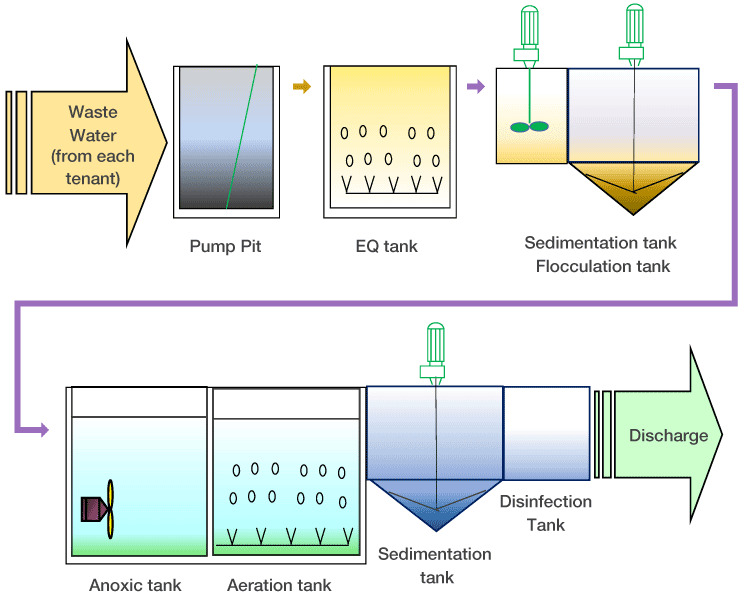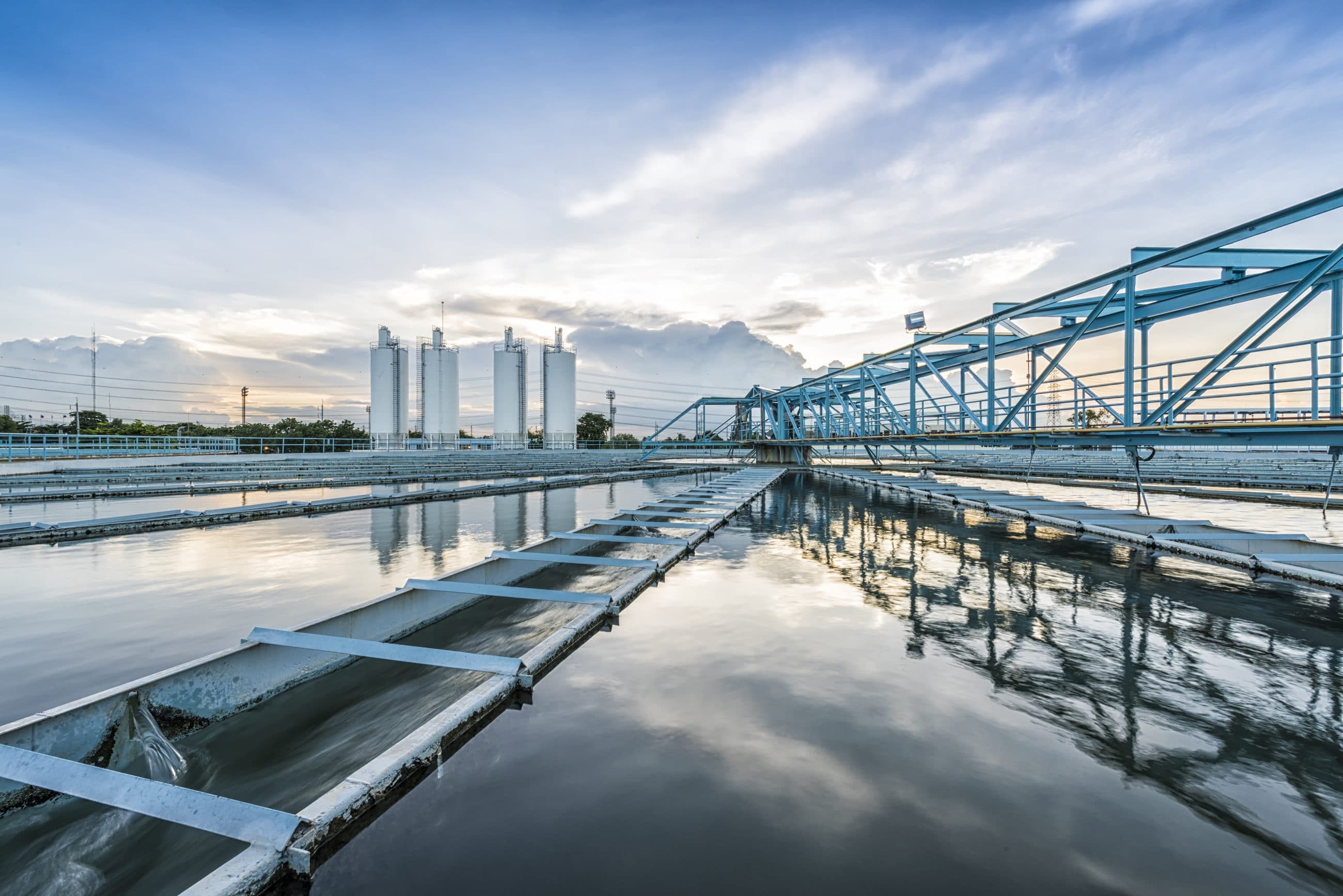Industrial Waste Water Treatment-- Industrial-Grade Water Purification and Filtration Solutions
Industrial Waste Water Treatment-- Industrial-Grade Water Purification and Filtration Solutions
Blog Article
Developments and Advances in Industrial Waste Water Therapy Technologies
The landscape of commercial wastewater treatment is undertaking a transformative change, driven by developments that boost both efficiency and sustainability. As governing criteria progress, the integration of AI and equipment knowing right into wastewater management systems promises to streamline procedures and guarantee conformity.
Introduction of Waste Water Therapy Technologies
Wastewater treatment technologies include a series of techniques developed to eliminate impurities from industrial effluents prior to their launch into the setting. These innovations are critical for maintaining eco-friendly equilibrium and guaranteeing conformity with ecological policies. The primary groups of wastewater therapy consist of physical, chemical, and biological methods, each serving unique objectives based upon the nature of the impurities existing.

Biological treatment methods utilize bacteria to weaken raw material, making them specifically efficient for organic-rich effluents. Strategies like triggered sludge and biofilm activators harness the all-natural deterioration capabilities of germs, resulting in significant decreases in biochemical oxygen demand (FIGURE)
Advanced Filtering Methods
Advanced filtration methods represent a critical advancement in the realm of commercial wastewater treatment, boosting the performance of contaminant removal procedures. Industrial Waste Water Treatment. These approaches include a variety of innovations, including microfiltration, ultrafiltration, nanofiltration, and reverse osmosis, which supply consecutive barriers for different bit sizes and chemical structures
Microfiltration and ultrafiltration use membrane layer systems to remove suspended solids, bacteria, and bigger organic molecules, enhancing the top quality of effluent before more treatment. Nanofiltration bridges the space in between ultrafiltration and turn around osmosis, properly eliminating divalent ions and natural compounds, therefore decreasing the load on downstream processes.
Reverse osmosis provides the highest degree of purification by permitting only water and little particles to travel through its semi-permeable membranes, making it perfect for reclaiming high-grade water from industrial effluents. Current developments in membrane technology, consisting of the development of more fouling-resistant and sturdy products, have dramatically improved operational efficiency and decreased prices.
Including these sophisticated filtration strategies not just improves the general therapy procedure but likewise adds to sustainability initiatives by enabling water reuse and source recuperation in commercial setups. (Industrial Waste Water Treatment)
Organic Therapy Innovations

Moreover, the growth of crafted biological systems, such as membrane layer bioreactors (MBRs), incorporates biological therapy with innovative membrane layer filtering. This assimilation allows for greater effluent top quality and minimized footprint, making it ideal for space-constrained commercial centers. Developments in genetically crafted microbes have also emerged, improving the biodegradation of details impurities, such as pharmaceuticals and heavy steels, that are generally challenging to get rid of.
Furthermore, the implementation of bioaugmentation strategies, where valuable microbes are introduced to enhance the existing biological treatment procedures, has shown promising lead to boosting treatment efficiency. These developments jointly signify a pattern towards more lasting and effective organic therapy methodologies that can adjust to the developing intricacies of industrial wastewater streams. As industries remain to prioritize ecological conformity, these biological innovations will play a crucial role in wastewater monitoring.

Resource Recuperation Techniques
In commercial setups, the integration of source healing techniques has actually come to be progressively important for boosting sustainability and minimizing waste. These methods concentrate on extracting important materials and energy from wastewater streams, consequently changing possible toxins right into reusable resources.
One popular technique is nutrient recuperation, where nitrogen and phosphorus, often present in excess in wastewater, are recorded and converted right into plant foods. This not just lowers environmental influences however also offers a circular economic situation remedy for farming applications. Furthermore, innovations such as anaerobic digestion permit the conversion of natural waste into biogas, a renewable resource resource that can balance out fossil gas use in commercial operations.
In addition, progressed filtration and membrane layer modern technologies assist in the healing of commercial by-products such as metals and salts. These recouped materials can be rehabilitated into manufacturing procedures, minimizing the need read review for virgin resources.
Future Patterns in Drainage Management
As markets significantly focus on sustainability, the future of wastewater management is readied to undertake significant changes. Technical innovations, such as synthetic knowledge and equipment knowing, will enable much more reliable surveillance and management of wastewater systems. These modern technologies can anticipate maintenance demands, optimize therapy processes, and improve decision-making, ultimately lowering operational expenses and environmental effect.
Furthermore, the integration of round economic climate principles will certainly play a vital duty in wastewater administration. Industries are expected to change towards click here for more systems that not just deal with wastewater however likewise recover valuable resources, such as nutrients, water, and power. This transition will certainly decrease waste and advertise the reuse of materials, lining up with global sustainability goals.
Emerging therapy methods, such as membrane bioreactors and progressed oxidation processes, will additionally boost the performance of wastewater treatment, enabling for greater quality effluents appropriate for reuse. In addition, governing structures are likely to progress, stressing stricter requirements for wastewater discharge and encouraging industries to embrace cutting-edge treatment remedies.
Conclusion
In conclusion, the evolution of commercial wastewater treatment modern technologies demonstrates a substantial shift in the direction of enhanced effectiveness and sustainability (Industrial Waste Water Treatment). Technologies in sophisticated purification methods, organic treatments, and source recovery techniques highlight the sector's dedication to ecological stewardship.
The landscape of industrial wastewater therapy is undergoing a transformative shift, driven by innovations that improve both efficiency and sustainability.Wastewater therapy technologies encompass a variety of approaches created to get rid of impurities from commercial effluents prior to their release into the atmosphere.Harnessing the power of organic processes has led to considerable advancements in the therapy of commercial wastewater.In addition, the implementation of bioaugmentation methods, where helpful microorganisms more helpful hints are introduced to boost the existing organic therapy procedures, has actually revealed appealing results in enhancing treatment efficiency. These developments collectively signify a fad towards even more reliable and lasting biological treatment techniques that can adapt to the progressing complexities of industrial wastewater streams.
Report this page